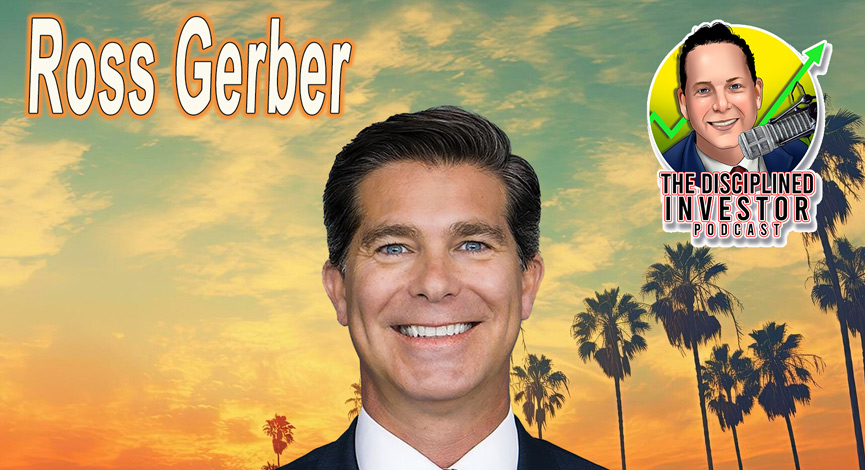(Excerpt from The Disciplined Investor, pages 90-91 – See Inside the Book at Amazon)
There are several types of assets a company can own. Each business is different but all will have some combination of capital stock, land, some form of real estate, inventory, trucks and many other items of value. These assets will have differing abilities to create profits as well as levels of liquidity. Some assets are characterized as tangible while others may be considered use or even current.
As an example, inventory is usually very easy to convert to cash. Therefore it would be considered liquid. On the other end of the spectrum would be farmland and any other items that require a longer time to sell and, therefore, require much more time to liquidate. On the balance sheets, liquidity is important. It is differentiated by the terms current assets and non-current assets.
Another distinction that is considered is whether they are “real.” Remember that some assets, such as cash, are easily valued and liquidated. Then there are those that are much more difficult to pin a price on, such as farmland and buildings. Regardless, the fact is that you can actually touch and feel these, and they are therefore considered “tangible assets.” Beyond those assets that we can easily see, there are those that have significant value but are not quite as apparent. Goodwill, as an example, may include the value of a name brand or possibly a well-known company spokesperson. (Think of William Shatner and Priceline.com)
It takes a good eye to recognize the hidden values that may be found on the balance sheet. For instance, take as a good example Sears. For years, they were valued according to generally accepted accounting principles (GAAP) as well as traditional investment valuation techniques. It was only recently that the idea of valuing Sears to include their significant real estate holdings was introduced. This occurred as analysts realized that they have tremendous unrealized value in their land holdings. During 2004-2006, Sears‘ stock shot up as investors wanted to own them as a real estate play, in addition to their ability to create revenue from the sale of washers and dryers. (end of excerpt)
The idea that Sears (SHLD) could be a real estate play had pushed investors to buy up shares in late 2004, pushing towards $190 in mid 2007. The move was from a long-term base in the $40-$50 range. Now, the stock is hovering around $130 and the same force that pushed it higher have brought out the skeptics who believe that the significant real estate holdings could further erode the price of the shares. (not to mention that it is essential a hedge fund now)
The 30% move down for the stock since the high in mid-may appears to be a result of the announcements of lackluster earnings and the realization that forward earnings will come under pressure because of lower consumer demand. In fact, it was only a few weeks ago that Sears announced a 40% reduction of profits : “Our gross margins came under pressure from sales declines and increased promotional activity, and as a result, our net income was significantly below last year and our expectations,” Chief Executive and President Aylwin Lewis said in a statement August 20th, 2007. (and similar statement in quarters past)
the announcements of lackluster earnings and the realization that forward earnings will come under pressure because of lower consumer demand. In fact, it was only a few weeks ago that Sears announced a 40% reduction of profits : “Our gross margins came under pressure from sales declines and increased promotional activity, and as a result, our net income was significantly below last year and our expectations,” Chief Executive and President Aylwin Lewis said in a statement August 20th, 2007. (and similar statement in quarters past)
So, what about the real estate holdings? Do we look to write down the stock value in the same way as we need to for all other real estate plays that had the same increase during the boom of 2004-2007? If we look to unwind the value of the real estate (Estimated at $15 billion) from the company price, we could extrapolated that from the Market Cap of $18 billion, the shares are still trading at a significantly high multiple considering that the fact that the retailer is bleeding heavily. If we just look at the real estate, then we are hit with the concern over valuation.
Add both of these to the mix and unless Edward Lampert has some more magic up his sleeves, then this is going to flounderAT BEST! Until they can get a handle on the paltry margin problem (shrinking as we speak) and the realization that the land value is only good if they sell (which they are not) then there is no reason to own this stock.
Will a mystery buyer come out of the woodwork and offer a premium? Probably not as there is a substantial premium already built in this in the form of the real estate value/multiple. This is clearly not the type of position that a Disciplined Investor would buy or hold today as there is many problems concerning the ability to properly value the shares.

















